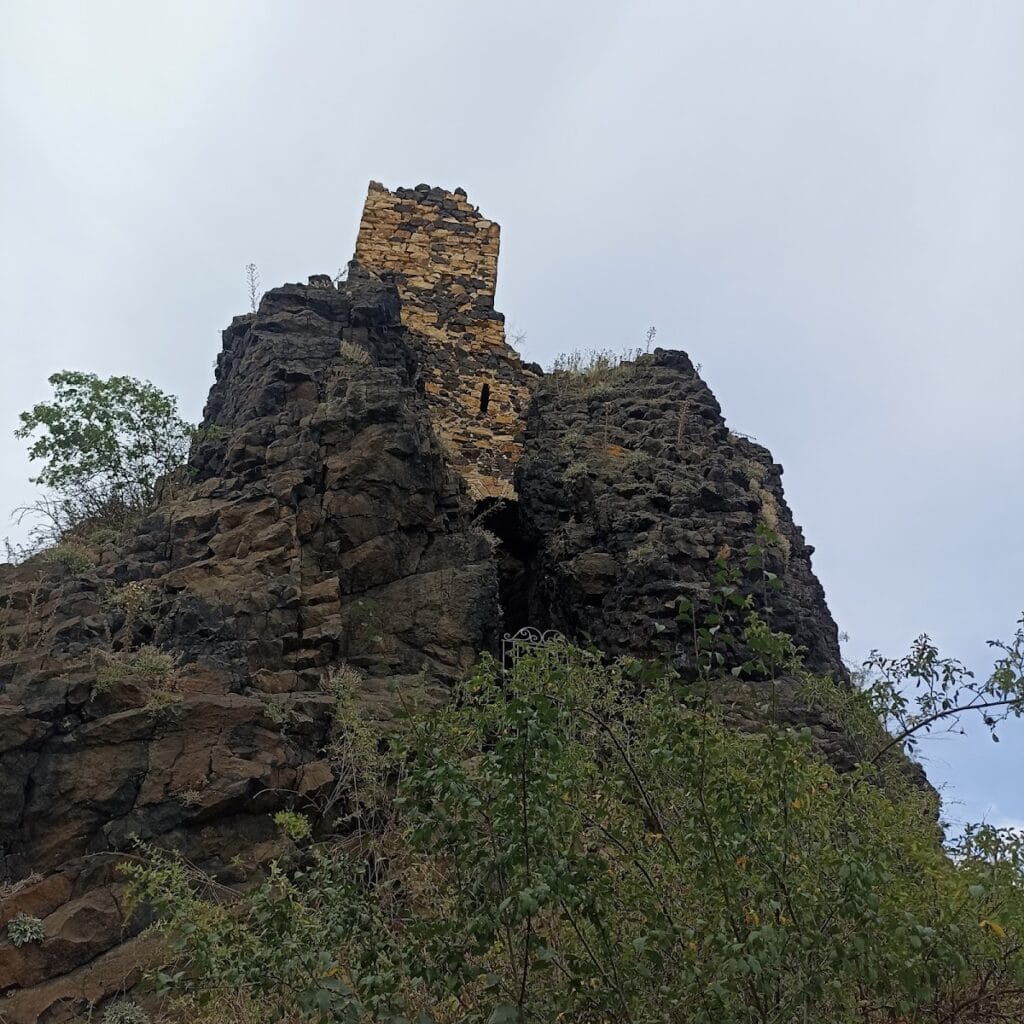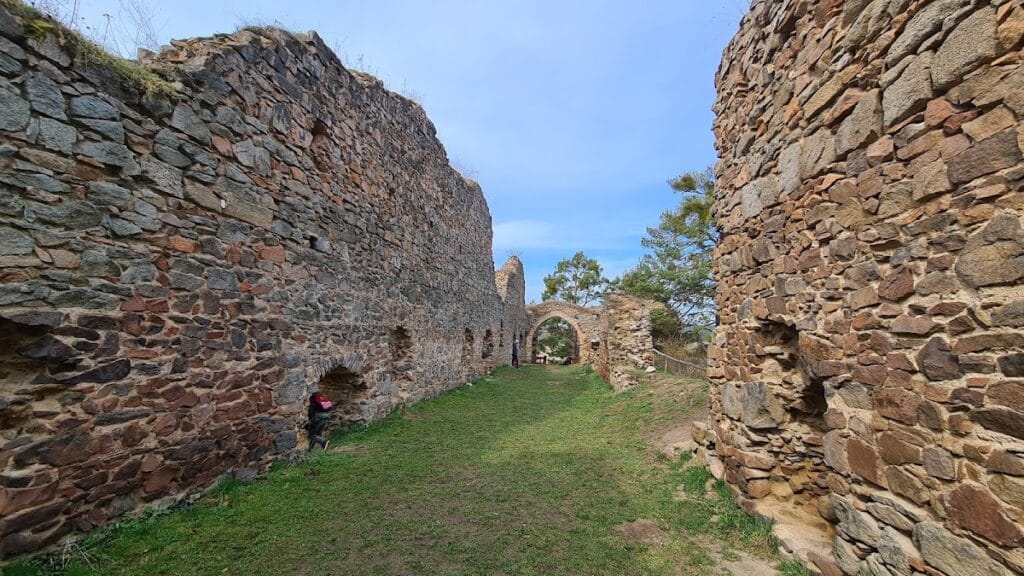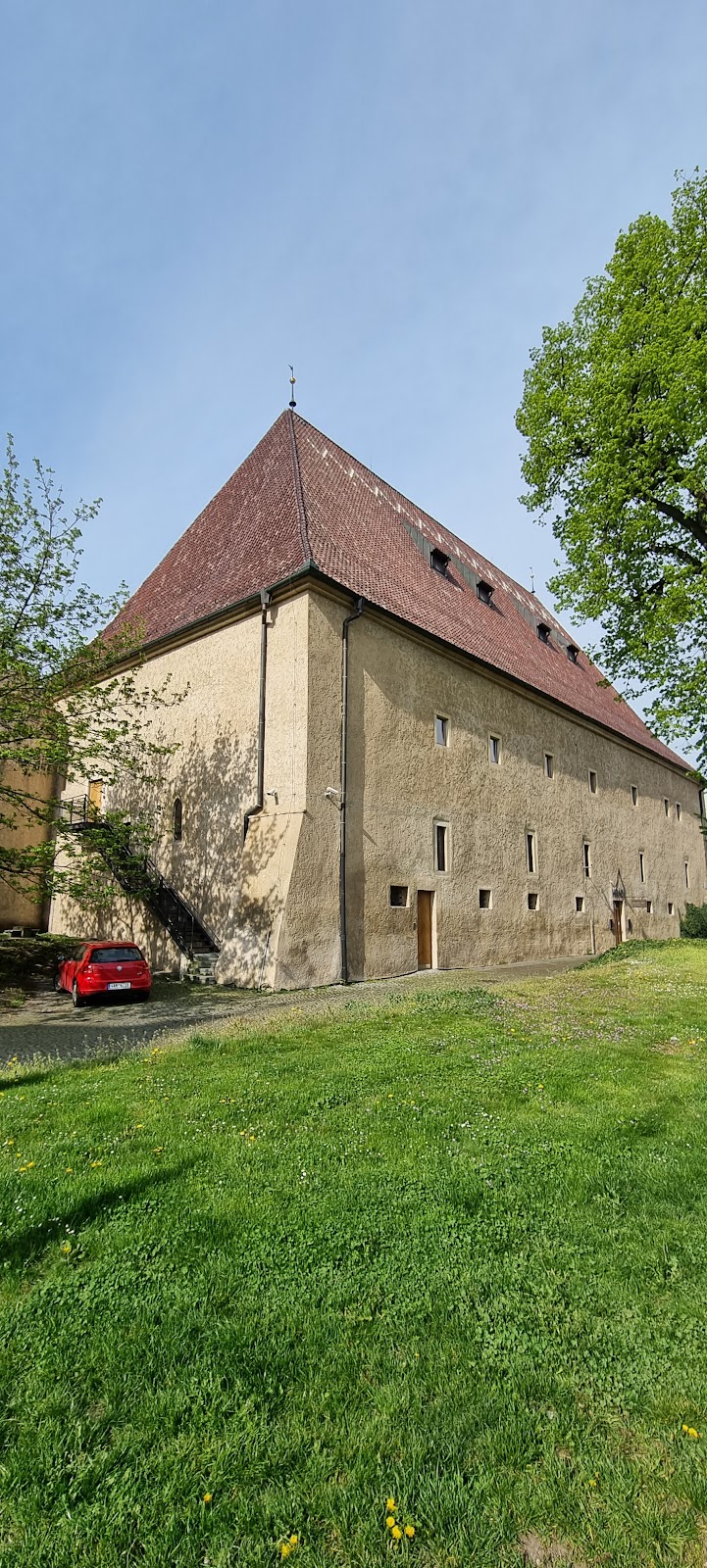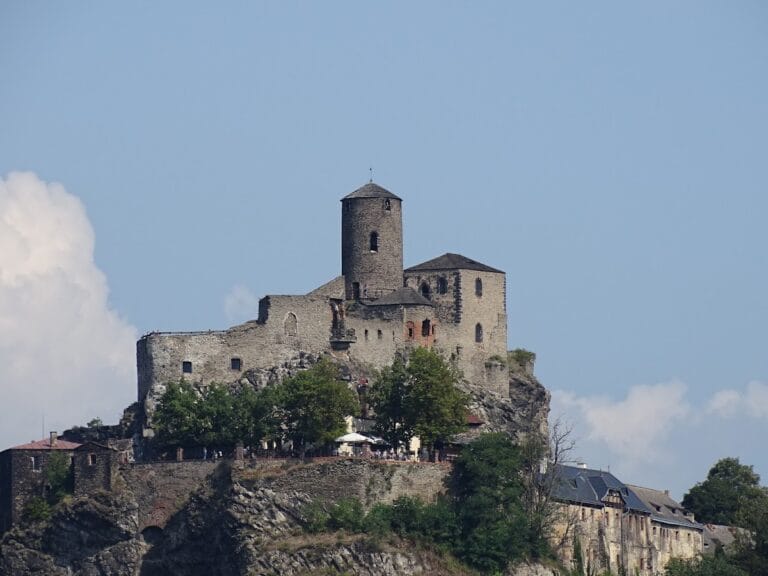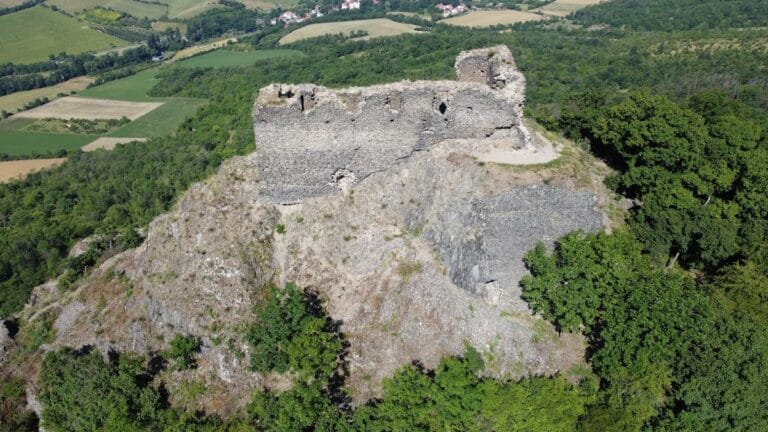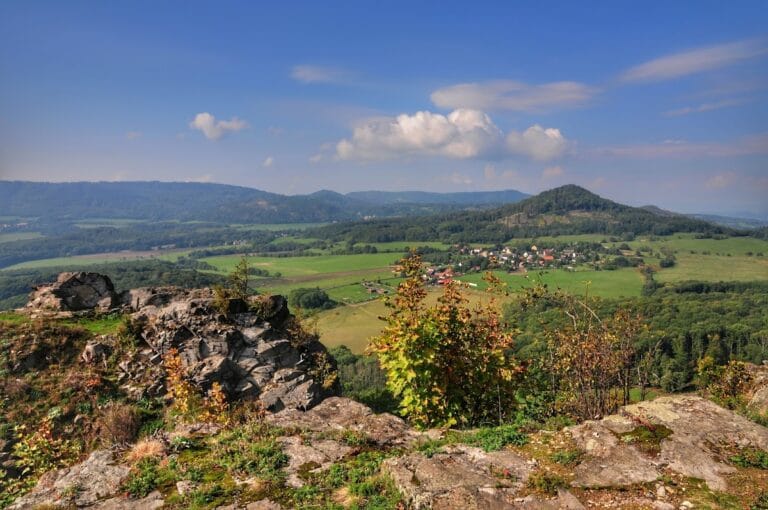Kamýk Castle: A Medieval Fortress in the Czech Republic
Visitor Information
Google Rating: 4.4
Popularity: Low
Google Maps: View on Google Maps
Official Website: m.libochovany.cz
Country: Czechia
Civilization: Medieval European
Remains: Military
History
Kamýk Castle is a medieval fortress located near the village of Kamýk in the present-day Czech Republic. It was established by the Bohemian kingdom during the early 14th century.
Construction began in the first decades of the 1300s under the directive of King John of Luxembourg. The earliest known written reference to the castle dates to 1319, when the king granted it as a hereditary fief to a nobleman named Jindřich of Kamýk. The stronghold was strategically positioned on a rocky basalt outcrop to oversee and control navigation along the nearby Elbe River. Alongside the neighboring Střekov Castle, Kamýk served as a royal fortification aimed at maintaining authority over this important waterway.
Ownership of the castle later transitioned among several noble families. The Kamýčtí of Pokratice held it first, followed by Zbyněk Zajíc of Hazmburk, who received the fortress from King Charles IV in 1352 as repayment for a debt. The castle endured the turbulence of the Hussite Wars in the early 15th century. Although the surrounding lands were ravaged in 1428, the castle itself was seized that year by a group of rebellious nobles. Ultimately, control returned to Mikuláš Zajíc of Hazmburk.
In the mid-16th century, specifically in 1547, Kamýk Castle underwent repairs and expansions, adapting some of its structures in line with Renaissance influences. Despite this revitalization, the castle was abandoned before 1600. It suffered further damage when Saxon troops looted the site in 1632 during the Thirty Years’ War, an event that contributed significantly to its decline into ruin.
Two destructive fires in the early 1800s compounded the fortress’s deterioration. Efforts to preserve the remains began around 1885, preparing the site for potential restoration that was never fully realized. Since 1964, Kamýk Castle has been officially recognized and protected as a cultural monument, ensuring its historical value is maintained.
Remains
The castle’s ruins occupy a steep basalt summit, characteristic of medieval hilltop fortifications in the Bohemian region. Its layout centers on a pentagonal residential tower, known as a donjon, which dominates the site at the highest point of the rock formation. This main tower was encircled by a curtain wall enclosing an outer courtyard or bailey, creating a fortified enclosure.
Within this enclosure, the remains of a palace can be found at the base of the central rock. These structures reflect the functional organization of the castle, combining residential quarters with defensive features. The curtain wall, built with local stone, still survives in parts and bears traces from later architectural phases.
During the Renaissance period, the castle was remodeled to include residential buildings abutting the curtain wall. On the southern side of the enclosure, one wall remains that retains fragments of three rectangular windows, partially preserved and indicative of this phase’s style. Materials primarily consist of local basalt stone, carefully worked to fit the defensive needs of the fortress.
Today, the ruins offer extended views of the surrounding landscape including a bend in the Elbe River, underscoring the strategic placement of the castle. Access to the site is possible year-round by a marked hiking path, though reaching the summit rock with the tower remains is somewhat challenging due to the natural steepness.
Overall, the structural remains display the castle’s evolution from a medieval fortress with a typical Bohemian hill castle design, to a Renaissance residence before its eventual decline. The surviving walls and tower preserve in situ give insight into construction techniques of the period, while the site’s endurance highlights its historical journey through conflicts and neglect.
